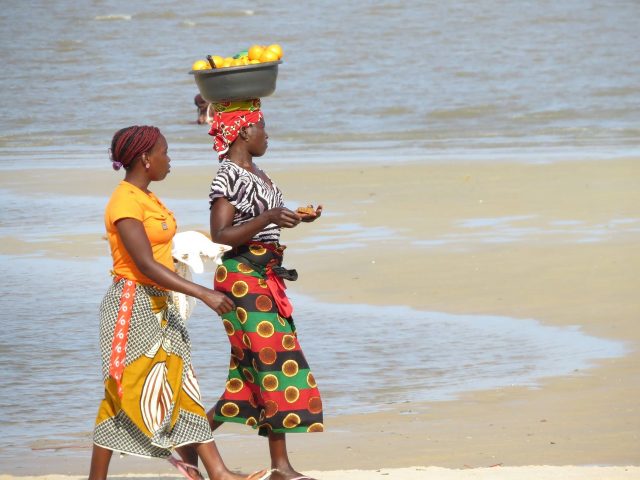The Tsonga language belongs to the Bantu branch of the Niger-Congo languages. It is spoken in such countries as Zimbabwe, Mozambique, Swaziland and South Africa. Nevertheless, it is worth to mention that the language is also used throughout Southern Africa by the Shangaan-Tsonga cultures.
Despite the fact that the Tsonga speakers can be found throughout Southern Africa, the vast majority of them live in the Limpopo Province of South Africa. The number of Tsonga speakers in Limpopo is estimated at about 2.3 million people. Also, it is important to mention that the Tsonga language is considered to be one of 11 official languages of South Africa.
Although the speakers of the Tsonga language are often referred to as Shangaans, it is important to know that according to the Tsongas, the term can be used only for the Tsonga people of Mozambique.
Also, it is important to understand that despite the fact that most of the South African languages use English alphabet, the written Tsonga language is mainly based on the Latin one.
There are numerous dialects of the Tsonga language that can be found from KwaZulu Natal to the Save River in Zimbabwe. Although most of the Tsonga dialects are mutually intelligible, they do have some notable differences. Generally, these differences are explained by the geographical factors. It means that the variations of the language depend on the locations where the Tsonga language is used.
There are three main dialects of the Tsonga language. They are Xironga, Chihlengwe or Xitshwa and xiTsonga. The Xironga dialect is mainly spoken in and around the capital of Mozambique – Maputo. The Chihlengwe dialect, also known as Xitshwa, can be found in such countries as Mozambique and Zimbabwe. The last one, the xiTsonga dialect, is spoken in South Africa. The main difference between these dialects lies in their pronunciation structures.
The Tsonga language is considered to be quite complicated language to learn. It contains some specific sounds represented in the written language by various combination of different letters. Learning the Tsonga language is especially difficult for Europeans as the letters the language comprises are not a part of the European language.




